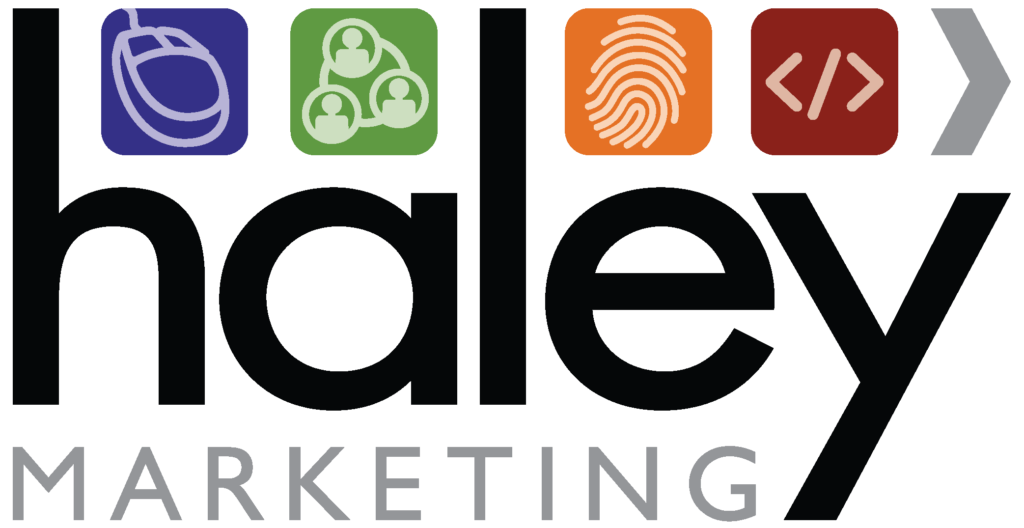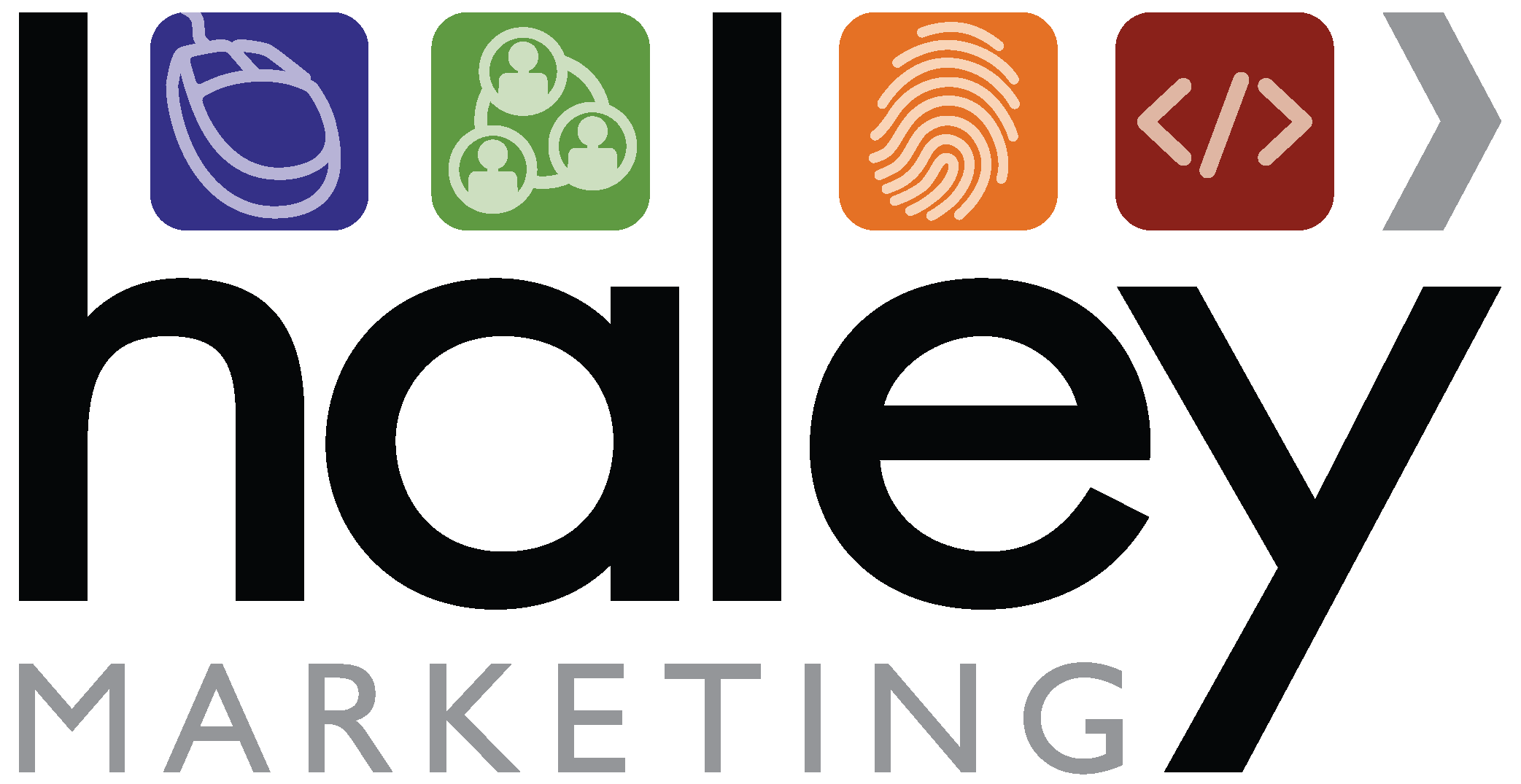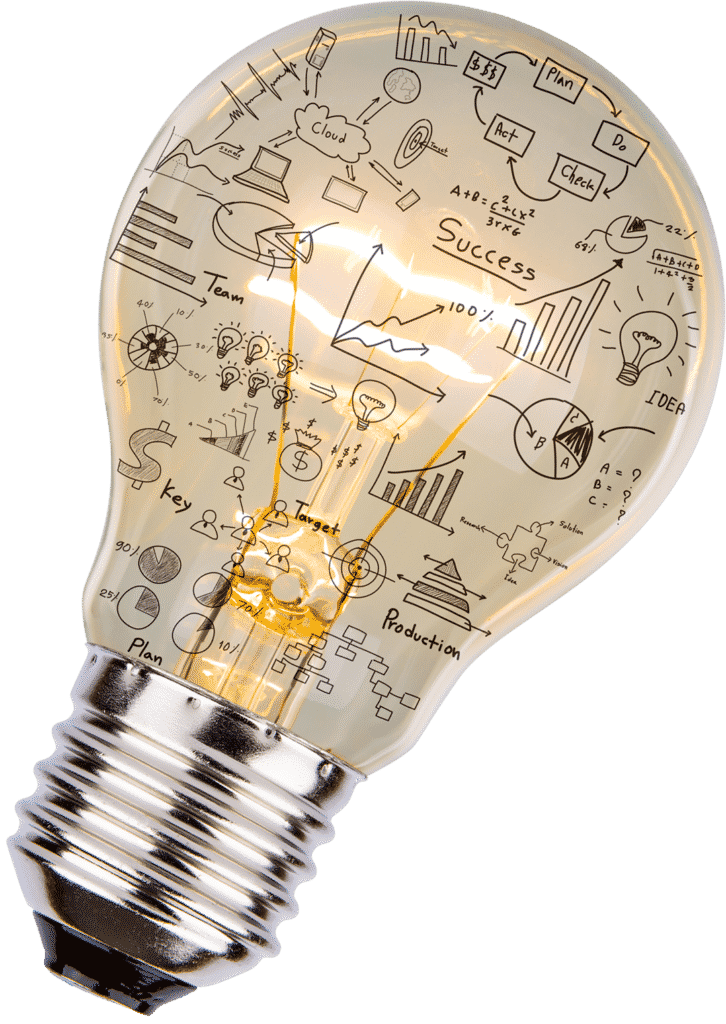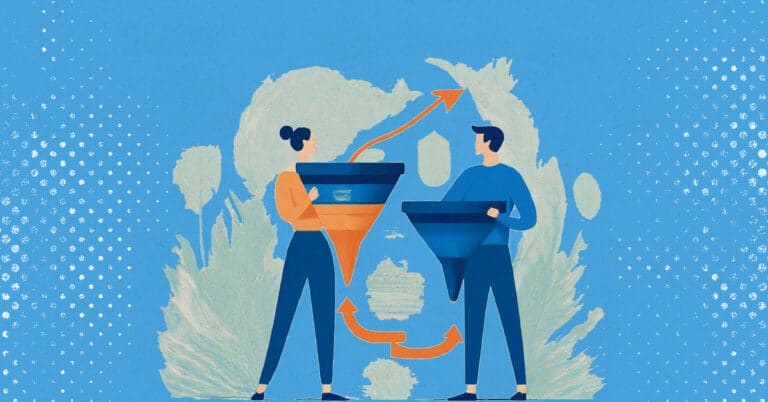If you read my first post on predictive analytics for the staffing industry, you already understand how predictive platforms can help you:
- build stronger relationships with employers and job seekers
- anticipate customers’ behavior
- identify CX issues in real time
- preempt customer problems
Sounds great in theory, right?
But how do you turn predictive analytics from a “neat idea” into an engine that drives amazing customer experiences with your staffing firm? In today’s post, I share a high-level overview (summarized from key points in this McKinsey article) of how predictive analytics can transform raw data into actionable insights – and move the needle on your client and candidate CX:
Taking predictive analytics from concept to action
Leading-edge staffing firms have already begun making use of the rich data available to them from a variety of sources, such as:
- staffing website
- job board/career portal
- ATS
- front- and back-office staffing software
- CRM
- automation platform (e.g., Sense, Herefish)
While the strategies vary from firm to firm, progressive agencies are creating an approach to predictive analytics that consists of three essential elements:
Creating staffing customer-level “data lakes.”
In this first step, you gather data on your customers – both as individuals and as a group – and create a home for it in a cloud-based platform.
What kind of info do you pour into your data lake? On both the client and candidate side, think through the types of comprehensive, interrelated data points you’d need to map customer behavior across interactions, transactions and operations. Your goal is to build data lakes on each side of the employment equation that encompass your client and candidate databases and span their customer journeys.
Generating predictive customer scores.
This second element applies the power of machine-learning algorithms to your customer data lakes to:
- understand and track what influences a client’s or candidate’s satisfaction with your firm
- detect influential events in customers’ journeys
- generate “predictive scores” for each client or candidate, based on their journey’s features
- predict each customer’s satisfaction score, loyalty, revenue (for clients) and cost to serve
- assess the potential ROI of future CX investments
In the staffing industry, predictive scoring can help you identify where to focus CX initiatives to make the biggest impact on your bottom line.
Developing an engine for action and insights.
The third element of predictive analytics uses an API (application programming interface) to transform the intelligence gathered into actions, insights and suggestions your team can use.
For example, recruiters can receive alerts and notifications about the steps they should take before a candidate’s assignment ends to ensure they’re efficiently redeployed. On the client side of business, a predictive analytics API could prompt account managers to reconnect with clients whose ordering behavior has changed significantly. In either scenario, a predictive platform can spur swift actions that deliver better CX and boost your business.
Final Thoughts
Your large, national competitors are already using predictive analytics to win the CX war – but we’re here to level the playing field! Our experts stay ahead of the impact technology is having on our industry, and we’re continually developing new products like our automation optimization services to help you stand out, stay top-of-mind and sell more.
